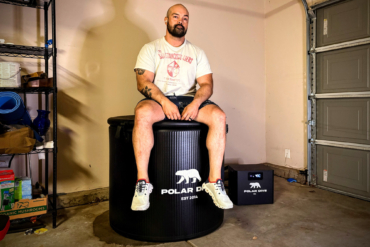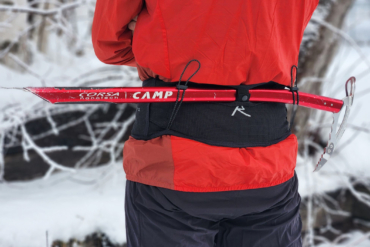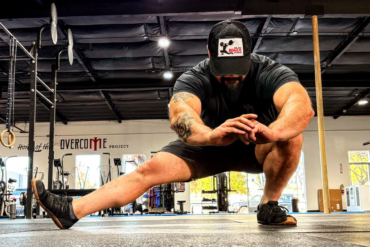Brooks Johnson, the famous former Stanford track and field coach, once said, ‘It’s true that speed kills in distance running. It kills anyone who doesn’t have it.’ You will need it. Here’s how to get it.
If you’ve ever watched a track event or elite-level road race, when two or more runners are together with 400 m to go, the race inevitably comes down to a short final sprint for the finish line. And the victor is the one who’s fastest in that sprint.
This is not by accident. These elite-level distance runners know very much that in highly competitive races, the fastest final sprinter will prevail. So they train for this very moment at the end of the race. Even distance runners need to train speed.
Here’s the key to that training.
Distance Training: Faster Top Speed = Better Pace
If you’re struggling to see the connection between the speedy finishes of elite runners and mortal 5K, marathon, or even ultrarunning training, let me explain.
While the connection isn’t as simple, all running paces are connected. Improving your 5K pace can lead to a faster marathon pace. A faster marathon pace can improve your 50K pace.
Thus, increasing your maximum speed can increase your 5K, marathon, and even 50K pace. While this is an oversimplification, it’s important that every runner trains every speed regardless of your race distance.
Power Hill Sprints
One of my favorite maximum effort speed sessions is 10-second power hill sprints, a workout popularized by running coach Brad Hudson. As Hudson noted, “This is not a standalone workout. It is meant to be done after an easy run.”
Running at your maximum effort — even for very short durations — engages your central nervous system and teaches you to use more of your muscle fibers when you run, improving the sequencing and rate of contractions. Repeatedly putting your muscles through these challenges will lead to improved running efficiency, enabling you to use less energy at slower paces.

Hill Sprint Workout for Distance Runners
For most runners, I like hill sprints better than strides. Believe it or not, you’re less likely to get injured running up a hill at maximum speed versus the same effort on flat ground.
Two things I highly caution: Do not run longer than 10 seconds and always take the full 90- to 120-second recovery.
This workout should not be taxing. When working at 100% of your maximum speed, you should always be somewhat fresh. This workout can be done twice a week following easy to moderate-paced runs. These are perfect for the day before a hard run, interval session, or long runs.
Power Hill Sprints Workout
- Run easy to moderate 3-10 miles (or whatever you have planned for the day)
- Sometime within the final mile of your run find a steep (6-10% grade) hill on concrete or asphalt
- Rest 2-5 minutes as needed to catch your breath and recover
- Run up the hill at 100% maximum intensity for 8-10 seconds
- Turn around and walk down the hill, taking 90-120 seconds standing or walking recovery
- Repeat the hill sprints 4-8 times
Note: To see results from this workout, it must be done regularly for over 4 weeks.







